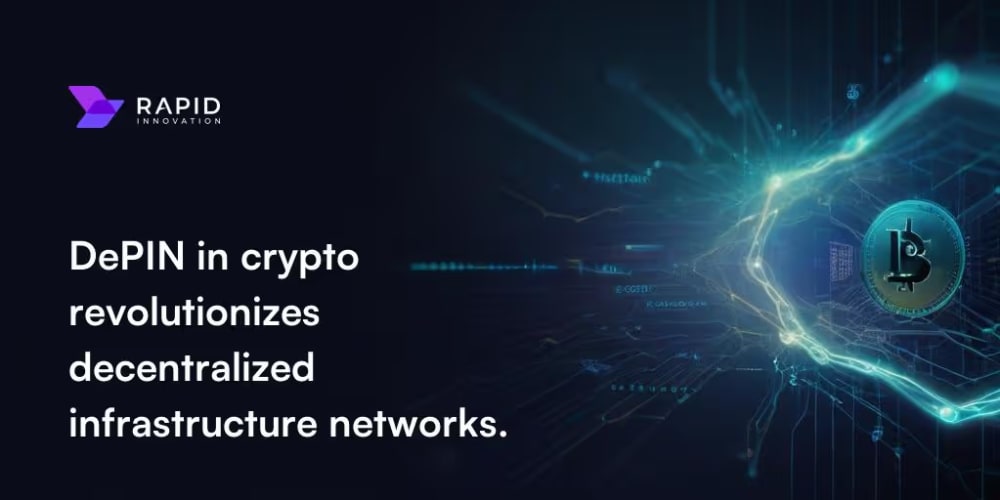<!DOCTYPE html>
Roadmap to Becoming an ASP.NET Core Developer
<br> body {<br> font-family: sans-serif;<br> line-height: 1.6;<br> }</p> <div class="highlight"><pre class="highlight plaintext"><code>h1, h2, h3 { margin-top: 2rem; } code { background-color: #f0f0f0; padding: 0.2rem; border-radius: 4px; } img { display: block; margin: 1rem auto; max-width: 100%; } </code></pre></div> <p>
Roadmap to Becoming an ASP.NET Core Developer
In the ever-evolving world of web development, ASP.NET Core has emerged as a powerful and versatile framework for building modern, scalable, and high-performance web applications. This article serves as a comprehensive roadmap for aspiring ASP.NET Core developers, guiding you through the essential concepts, technologies, and practical steps needed to embark on a rewarding career in this dynamic field.
Introduction to ASP.NET Core
ASP.NET Core is a free and open-source framework developed by Microsoft. It is built on the .NET platform and offers a streamlined, modular architecture that makes it highly adaptable for creating web applications of all sizes, from small personal projects to large-scale enterprise systems.
Key Features and Advantages of ASP.NET Core:
-
Cross-Platform Compatibility:
ASP.NET Core runs on Windows, macOS, and Linux, providing flexibility and portability. -
Open Source:
The framework is open-source, allowing developers to contribute and benefit from a vibrant community. -
Modern Architecture:
ASP.NET Core utilizes a modular and dependency injection-based architecture, promoting code reusability and testability. -
Performance Optimization:
Designed for high performance and scalability, ASP.NET Core leverages features like asynchronous programming and caching mechanisms. -
Rich Ecosystem:
ASP.NET Core boasts a vast ecosystem of libraries, frameworks, and tools, including Entity Framework Core, Razor Pages, and Blazor.
Prerequisites for ASP.NET Core Development
Before diving into the world of ASP.NET Core, it's essential to have a solid foundation in the following areas:
-
Basic Programming Concepts:
Familiarity with fundamental programming concepts such as variables, data types, control flow, and functions is crucial. -
Object-Oriented Programming (OOP):
OOP principles like classes, objects, inheritance, and polymorphism form the backbone of ASP.NET Core development. -
HTML, CSS, and JavaScript:
A strong understanding of front-end web technologies is essential for creating dynamic user interfaces. -
Understanding of Web Development Concepts:
Knowledge of HTTP protocols, web servers, and client-server interactions is essential for building web applications. -
.NET Fundamentals:
While not strictly required, prior experience with the .NET framework can be beneficial.

Roadmap to Becoming an ASP.NET Core Developer
The journey to becoming an ASP.NET Core developer can be broken down into several key stages. We'll explore each stage in detail:
- Setting Up Your Development Environment
First and foremost, you'll need a suitable development environment. Here's a guide to getting started:
- Install .NET SDK: Download and install the latest .NET SDK from https://dotnet.microsoft.com/download .
-
Choose an IDE:
You have options like:
- Visual Studio: Microsoft's powerful IDE with excellent ASP.NET Core support. https://visualstudio.microsoft.com/
- Visual Studio Code: A lightweight and versatile code editor with extensions for ASP.NET Core. https://code.visualstudio.com/
- Rider: A cross-platform IDE from JetBrains with advanced features for .NET development. https://www.jetbrains.com/rider/
dotnet new webapp -o MyAspNetCoreApp
Now that you have your development environment set up, it's time to dive into the fundamental concepts of ASP.NET Core:
-
Project Structure:
Familiarize yourself with the structure of a typical ASP.NET Core project, including folders like
Controllers,Models,Views, andStartup.cs. - Routing and Controllers: Understand how ASP.NET Core routes incoming requests to specific controllers and actions.
- Model-View-Controller (MVC): Learn the MVC design pattern, which separates application logic, data, and presentation.
- Razor Pages: Explore Razor Pages, a simplified approach to building ASP.NET Core applications, especially for less complex scenarios.
- Dependency Injection: Master the concept of dependency injection, a core principle of ASP.NET Core, which allows for loose coupling and testability.
- Middleware: Understand how middleware components can be used to intercept requests and responses, adding features like authentication, logging, and error handling.
Storing and retrieving data is a critical aspect of most web applications. Here's how to handle data in ASP.NET Core:
- Entity Framework Core: Learn about Entity Framework Core, the object-relational mapping (ORM) framework for ASP.NET Core. It simplifies data access by mapping database tables to .NET classes.
- Database Interactions: Learn how to interact with databases using Entity Framework Core, including querying, adding, updating, and deleting data.
- Data Validation: Implement data validation to ensure data integrity and prevent invalid data from being stored in your database.
To create interactive user experiences, you'll need to understand Razor, the templating engine used in ASP.NET Core to generate dynamic HTML pages.
- Razor Syntax: Learn the Razor syntax for embedding C# code within HTML templates.
- Data Binding: Understand how to bind data from models to your Razor views.
- HTML Helpers: Explore built-in HTML helpers to generate common HTML elements and forms more efficiently.
- Custom Tag Helpers: Learn how to create custom tag helpers to extend the functionality of Razor.
Security is paramount in web development. Learn how to secure your ASP.NET Core applications:
- Authentication: Implement user authentication using mechanisms like cookie authentication, JWT authentication, or OpenID Connect.
- Authorization: Implement authorization rules to control access to specific resources based on user roles or permissions.
- Cross-Site Request Forgery (CSRF) Protection: Learn about CSRF attacks and how to protect your application against them.
- Data Sanitization and Validation: Prevent SQL injection and other common vulnerabilities by sanitizing user input and validating data.
Many applications need to integrate with external services or APIs. Learn how to handle API calls in ASP.NET Core:
-
HTTP Client:
Use the built-in
HttpClientto make HTTP requests to external APIs. - RESTful APIs: Learn the principles of RESTful API design and how to consume REST APIs in ASP.NET Core.
- JSON Serialization: Understand how to serialize and deserialize JSON data for communication with APIs.
- Third-Party Libraries: Explore libraries and tools that simplify integration with specific services like payment gateways, social media platforms, or cloud storage.
Once you have built your application, you'll need to deploy it to a web server so that it can be accessed by users.
-
Deployment Options:
Explore various deployment options, such as:
- Azure: Microsoft's cloud platform offers easy deployment options for ASP.NET Core applications.
- AWS: Amazon Web Services provides various cloud services for hosting web applications.
- Self-Hosted: You can host your ASP.NET Core application on your own servers using IIS, Nginx, or Apache.
The web development landscape is constantly evolving. It's important to stay up-to-date with the latest technologies and best practices:
- ASP.NET Core Updates: Keep track of new releases and updates to ASP.NET Core.
- New Libraries and Tools: Explore new libraries and tools that can improve your productivity and enhance your applications.
- Emerging Technologies: Stay informed about emerging technologies like serverless computing, artificial intelligence, and blockchain.
- Community Resources: Engage with the ASP.NET Core community through forums, blogs, and online groups.
Examples and Tutorials
To reinforce your understanding and provide hands-on experience, here are some examples and tutorials you can explore:
- Official ASP.NET Core Documentation: https://docs.microsoft.com/en-us/aspnet/core/
- ASP.NET Core Tutorials on Microsoft Learn: https://learn.microsoft.com/en-us/training/paths/aspnet-core/
- Beginner ASP.NET Core Project: https://docs.microsoft.com/en-us/aspnet/core/tutorials/first-web-app
- Building a Real-World ASP.NET Core Application: https://www.youtube.com/watch?v=6y-s20gI2oQ
- ASP.NET Core Community Forums: https://stackoverflow.com/questions/tagged/asp.net-core
Conclusion
Becoming an ASP.NET Core developer is a rewarding journey that opens doors to a wide range of opportunities in the field of web development. By following this roadmap, you can acquire the necessary skills and knowledge to build robust, modern, and scalable web applications. Remember to focus on fundamentals, practice regularly, stay curious, and actively engage with the ASP.NET Core community.


















